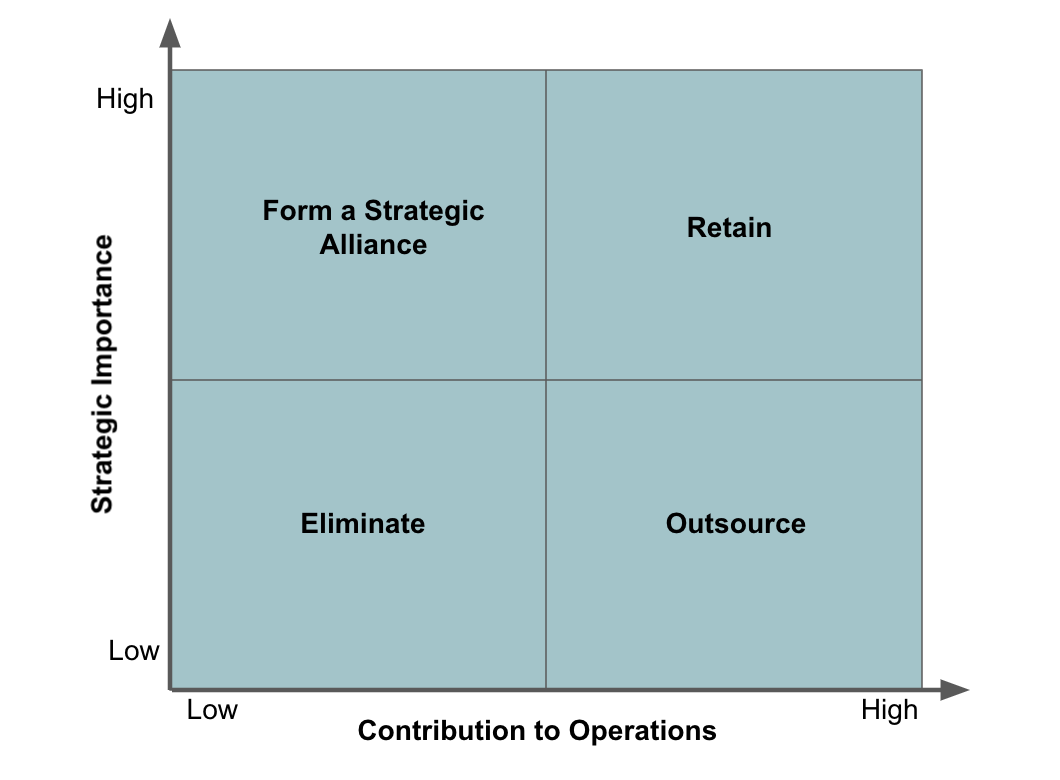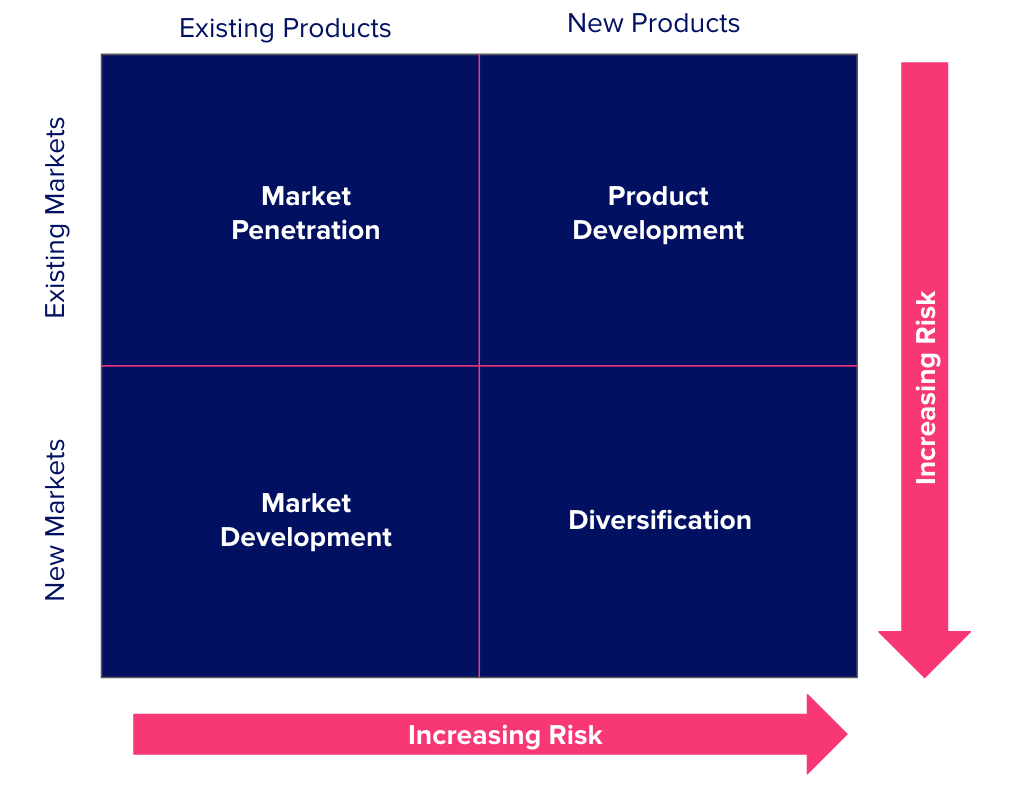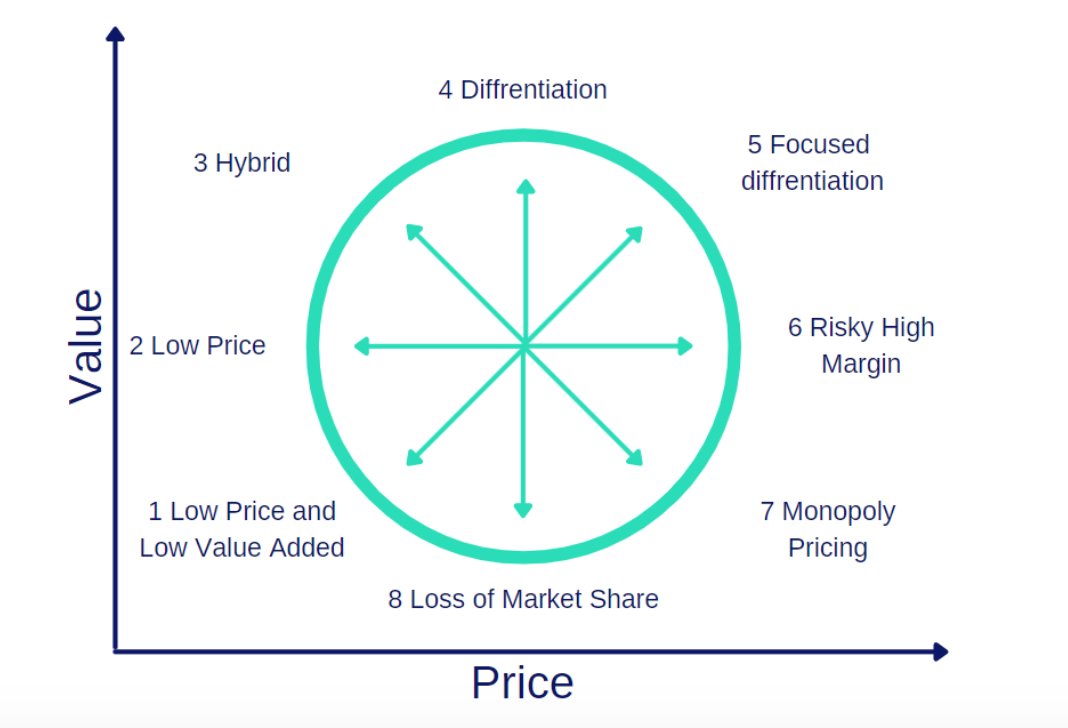
StudySmarter: Study help & AI tools
4.5 • +22k Ratings
More than 22 Million Downloads
Free
Strategic direction is the set of activities and decisions a firm needs to make in order to achieve its goals and objectives. Defining a strategic direction ensures that owners, managers and employees are focused on the objectives of the firm. It also ensures that all business decisions that are being made by the organization are concentrated on these objectives. Let's take a look at how businesses can set their strategic direction using various different tools.



Lerne mit deinen Freunden und bleibe auf dem richtigen Kurs mit deinen persönlichen Lernstatistiken
Jetzt kostenlos anmeldenStrategic direction is the set of activities and decisions a firm needs to make in order to achieve its goals and objectives. Defining a strategic direction ensures that owners, managers and employees are focused on the objectives of the firm. It also ensures that all business decisions that are being made by the organization are concentrated on these objectives. Let's take a look at how businesses can set their strategic direction using various different tools.
First, the business needs to decide on its overall purpose. The overall purpose is often entailed in the mission and vision of the firm and can range anywhere from operating a profitable business with low costs to making the world a better place.
Once the business is clear on their overall purpose, they have to figure out how to achieve this goal. This involves creating a plan of specific business decisions and activities that are achievable and measurable.
Let's say you are an executive at a clothing retailer and your company is achieving low sales growth in the current country of operation. You decide that in order to boost sales and revenue, you are going to diversify your operations.
Diversification is an example of strategic direction. Now, you have set specific goals and objectives to work towards your strategic direction. Your team has conducted extensive market research and selected two new countries in which your business is projected to be profitable. Your company needs to decide whether they will be setting up their own production facilities in the new country, buying existing facilities or outsourcing the production to a local company. The next step is deciding whether you will be offering the exact same collections of clothing or if you are going to change certain designs to fit the local style preferences better. These are all examples of business decisions you have to make, keeping in mind the overall strategy of the firm.
An effective way of setting strategic direction is by creating a decision matrix.
The outsourcing decision matrix is used when setting strategic decisions on whether the firm should outsource or keep its operations in-house.
The two axes are strategic importance and contribution to operational performance (see Figure 1 below). To use the matrix, the firm has to come up with a list of important tasks to plot on the matrix based on how much they contribute to the operational performance of the firm and how strategically significant they are.
 Figure 1. Outsourcing Matrix, StudySmarter
Figure 1. Outsourcing Matrix, StudySmarter
Form a strategic alliance: tasks in this quadrant are strategically important to the company but contribute little to operational performance. Although these tasks are important strategically, it is not necessary to keep them in-house, therefore forming a strategic alliance is beneficial as both partners share control over the tasks.
Retain: these tasks are strategically important and contribute significantly to the operational performance of the firm. It is advisable to keep these tasks in-house to maintain full control over them.
Outsource: these tasks are not strategically important but contribute significantly to the operational performance of the firm. These tasks can usually be outsourced safely as the firm does not need to have full control over its operations due to its strategic insignificance.
Eliminate: tasks in this quadrant are unimportant to the operational performance of the firm and do not contribute significantly to the overall strategy. These tasks can be eliminated.
The Ansoff matrix is another important strategic decision-making tool used by businesses.
 Figure 2. Ansoff Matrix, StudySmarter
Figure 2. Ansoff Matrix, StudySmarter
The Ansoff matrix is a tool used for marketing, which helps the business set a marketing growth strategy.
The matrix helps businesses determine the right strategy and set a marketing strategic direction. Figure 2 shows the four quadrants of the Ansoff matrix:
Market penetration: existing products in an existing market
Product development: new products in an existing market
Market development: existing products in a new market
Diversification: new products in a new market
A detailed explanation of the Ansoff matrix's different quadrants can be found in our Differentiation explanation!
When choosing market penetration as a strategic direction, the business can decide to decrease prices or increase promotion to attract new customers.
When choosing product development as a strategic direction, the business can focus on innovation and R & D to create new products or form strategic alliances.
When choosing market development as a strategic direction, the business can expand internationally or try to target a new customer segment with its existing products.
When choosing diversification as a strategic direction, the business can decide to either expand their product offering or manufacture unrelated products to enter new markets.
Competition is a standard occurrence in all business environments - it is an indicator of a prosperous market. Businesses compete based on price, quality, branding, etc. Competition can increase efficiency in a market, as it encourages firms to optimize their use of resources and strategy in ways that give them an advantage over competitors. There are three ways businesses can compete with one another:
Direct competition: this is when businesses sell similar (or the same) products targeted at the same customer segment in the same market. For example, Vodafone and O2.
Indirect competition: businesses that sell different products but operate in the same industry and satisfy the same customer need. For example, McDonald's and Subway.
Replacement competition: businesses that sell different products but could replace your business's offering due to new technologies. For example, smartphones and digital cameras.
A significant part of business strategy is choosing how to compete based on price and quality.
Bowman's Strategic Clock is a strategic tool that helps businesses understand their strategic positioning in the market based on price and perceived value.
This strategic analysis tool is often used together with the Ansoff Matrix and Porter's low cost, differentiation and focus strategies.
There are eight different strategic positions a business can take according to Bowman's Strategic Clock (see Figure 3 below). Each of these positions represents a strategy the business can pursue to gain a competitive advantage in the market.
 Figure 3. Bowman's Strategic Clock, StudySmarter
Figure 3. Bowman's Strategic Clock, StudySmarter
A company can analyse and create new strategic directions through the following process:
First, the company has to identify issues with their current strategy. It is important to notice strategic issues as soon as possible, so the company can stay on track in achieving its overall business objectives.
The second step is to conduct an external analysis (PESTLE). The external environment is important to overall strategy, as external factors can impact the internal processes of the business - including certain internal decisions made by the business.
It is also important to conduct a competitive analysis, like Porter's Five Forces analysis, to examine the competitive environment. This allows the organization to see which strategic direction would prove the most profitable in the competitive environment.
A SWOT analysis is also essential for understanding where the company's competitive advantages and weaknesses are, in regards to the overall strategy.
Finally, once the overall issues and objectives have been defined, the company can use a strategic direction matrix like the outsourcing decision matrix or the Ansoff Matrix, to set a detailed strategy that will help them achieve its overall business objectives.
Strategic direction is the set of activities and decisions a firm needs to make in order to achieve its goals and objectives.
Strategic direction is developed by:
developing the vision and mission, setting objectives based on the vision and mission, and measuring the performance periodically.
Strategic direction has to be company-specific because each company has its own vision and objectives.
Senior management is responsible for setting strategic direction.
Strategic analysis is done by:
conducting internal, external, and competitive analyses and then using a strategic direction matrix to set strategies.
Define strategic direction.
Strategic direction is the set of activities and decisions a firm needs to make to achieve its goals and objectives. Having a strategic direction ensures that all business decisions that are being made by the organization are concentrated on specific objectives.
Who sets the strategic direction of the organization?
The overall strategic direction is usually set by executives and managers of the organization, as they have the most oversight on the overall performance of the firm.
Why is it important to have a strategic direction?
Defining a strategic direction ensures that owners, managers and employees are focused on the objectives of the firm. It also ensures that all business decisions that are being made by the organization are concentrated on these objectives.
How can a business identify its overall purpose?
The overall purpose is often entailed in the mission and vision of the firm and can range anywhere from operating a profitable business with low costs to making the world a better place.
Name an example of a strategic decision matrix.
The outsourcing decision matrix.
The two axes of the outsourcing decision matrix are:
Strategic importance and contribution to operational performance

Already have an account? Log in
Open in AppThe first learning app that truly has everything you need to ace your exams in one place


Sign up to highlight and take notes. It’s 100% free.
Save explanations to your personalised space and access them anytime, anywhere!
Sign up with Email Sign up with AppleBy signing up, you agree to the Terms and Conditions and the Privacy Policy of StudySmarter.
Already have an account? Log in